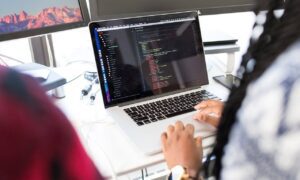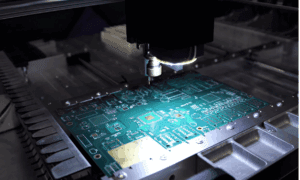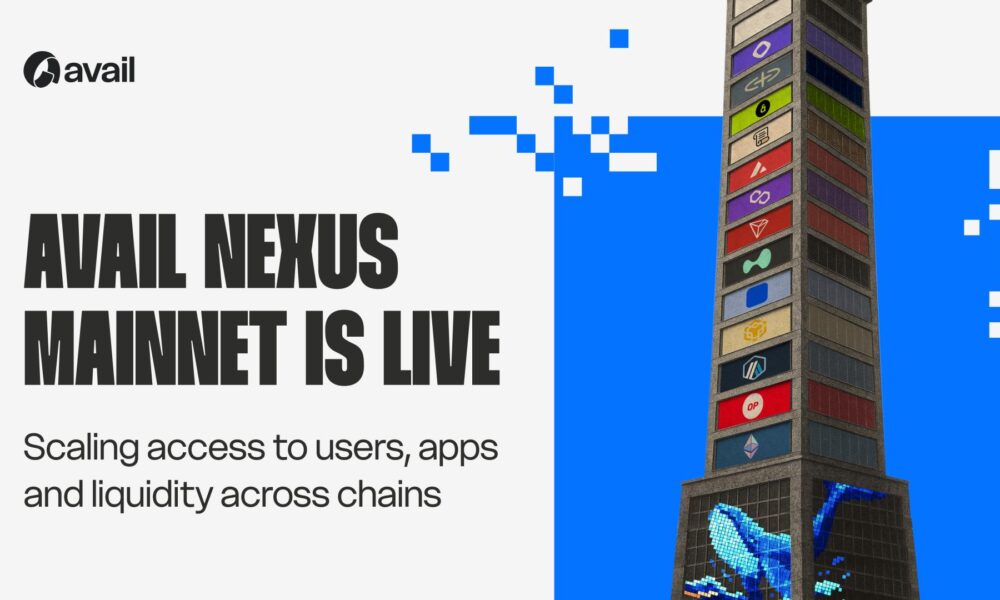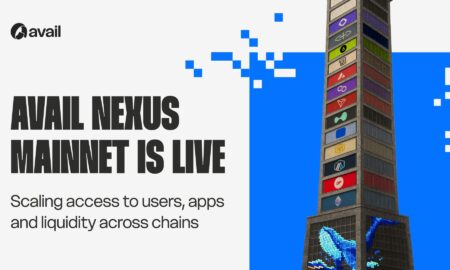- A Market Shaped by Complexity
Financial markets in 2025 are faster, more global, and more data-driven than ever before. Traditional analytical tools can process much of this information, but they struggle with the sheer density of interconnected signals. Quantum ai trading offers a new approach—using quantum computing’s ability to handle multiple possibilities at once and pairing it with AI’s adaptive models. The result is a system that doesn’t just process data but interprets it in ways more aligned with the complexity of real markets.
- Quantum AI at the Core of Innovation
Quantum mechanics introduces concepts like superposition and entanglement, which allow calculations across vast solution spaces simultaneously. Applied to AI models, these principles unlock deeper pattern recognition and faster optimization. Instead of waiting for classical systems to churn through scenarios sequentially, quantum-enhanced trading engines generate insights at speeds more suited to modern markets.
This is not theoretical. Early-stage pilot projects in banks and hedge funds are already using these methods to improve portfolio balancing, risk analysis, and high-frequency trading strategies.
- How It Transforms Trading Decisions
Trading is never about certainties—it’s about probabilities. Quantum AI sharpens those probabilities, reducing blind spots and making signals clearer. In practice, this means more resilient strategies in volatile conditions, smarter hedging decisions, and more adaptive models that can shift with market changes.
For financial institutions, the benefit is scale. For individuals, it’s access to tools that were once unreachable. The digital divide in trading narrows as these technologies move from specialized labs into everyday platforms.
- Beyond Finance: Ripple Effects
The value of quantum AI doesn’t stop at trading desks. Supply chains, energy grids, and even healthcare industries benefit from the same ability to interpret massive datasets and optimize outcomes. The ripple effect is significant: once refined in finance, these tools are adapted across industries that also rely on complex, interdependent information.
This broader application strengthens the case for investment and accelerates development, ensuring the financial sector remains both a proving ground and a driver of adoption.
- Looking Toward the Future
2025 isn’t a year of speculation—it’s a year of early adoption. Quantum AI trading tools are moving from proof-of-concept to active deployment. The trajectory points to increasing integration, with cloud platforms bringing quantum-enhanced models directly into financial software.
The long-term vision isn’t about replacing human judgment but giving it sharper instruments. Trading decisions will still require experience, instinct, and caution, but they will be supported by systems capable of analyzing complexities beyond human reach.
FAQ: Quantum AI Trading
Q: What is quantum AI trading?
A: It’s the use of quantum computing combined with artificial intelligence to analyze financial markets more efficiently and provide sharper insights.
Q: Is it already in use in 2025?
A: Yes. Early pilots are active in banks, hedge funds, and research institutions, with wider rollout expected in the coming years.
Q: Does it guarantee profits?
A: No. Markets remain unpredictable, but quantum AI reduces uncertainty and strengthens decision-making.
Q: How will individuals benefit?
A: Cloud-based access ensures that smaller firms and independent traders can use the same tools once reserved for large institutions.
Q: What’s next after finance?
A: Industries like logistics, energy, and healthcare are adapting the same methods for their own data-heavy challenges.





























